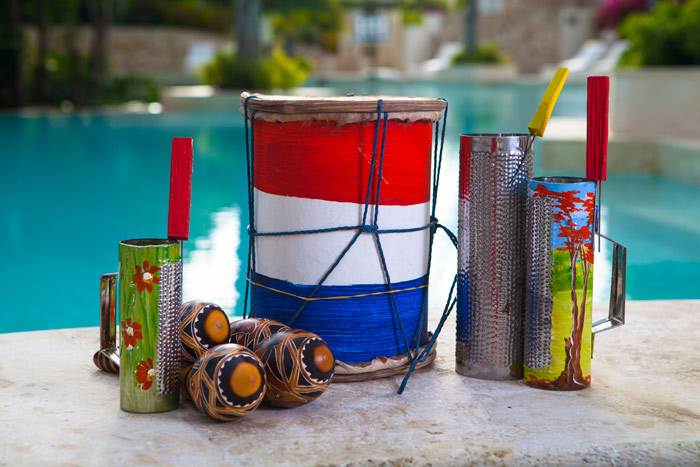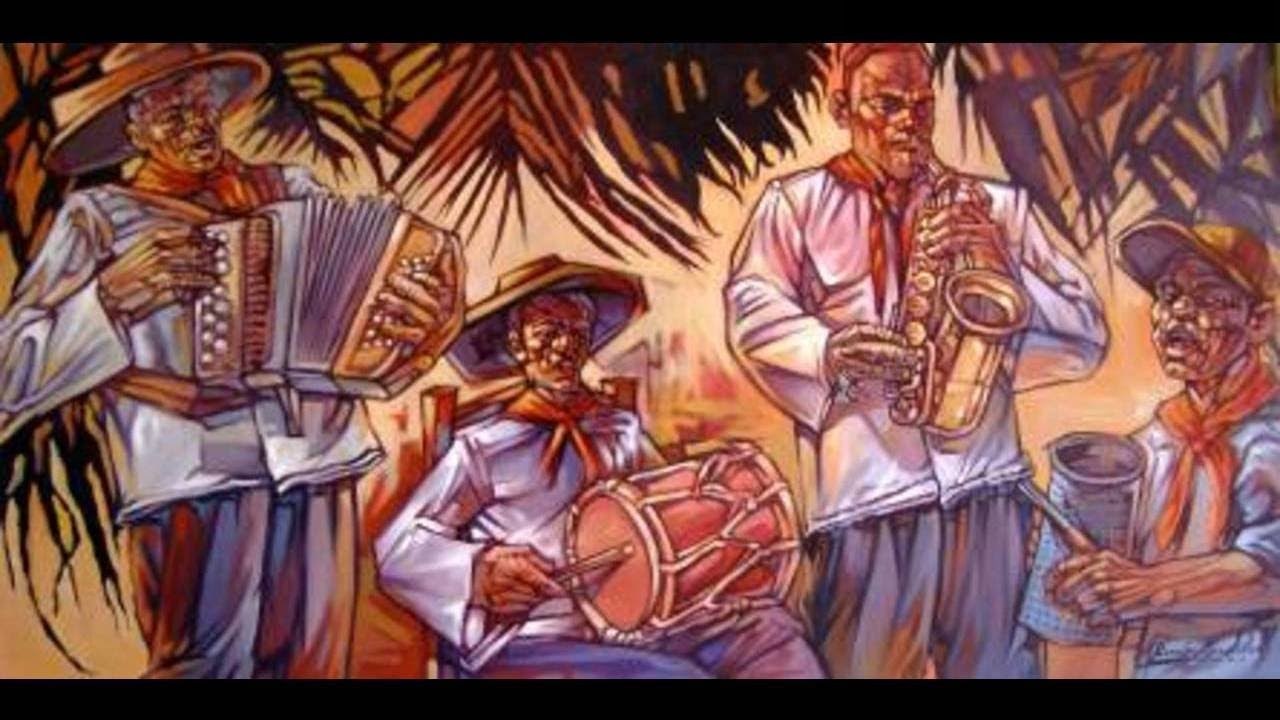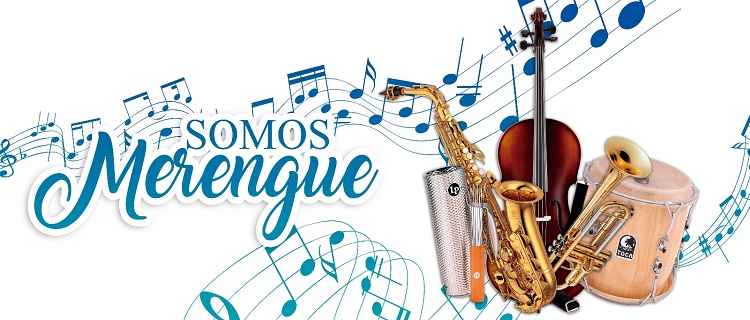THE DOMINICAN MUSIC
The music of the Dominican Republic refers to the popular, traditional or folkloric musical manifestations of the Dominican Republic oriented to the description of the Dominicans, their character, culture and customs. It has its own well-defined features, as well as a clear external influence, first of all, of Spanish and African music, in rhythmic, tonal and harmonic aspects.

During the colonial period, the inhabitants of Santo Domingo listened mostly to music imported from Europe, but there was also a significant exchange with the other Spanish colonies in the Caribbean. The Latin American adaptation of Spanish contradanza was very popular throughout the region, where it later developed in ways such as dance (still existing in Puerto Rico), danzón (in Cuba), and other related genres. The calenda of African origin is also found in many of the islands and currently survives in various forms found in Martinique, Trinidad and Carriacou (Granada).
HISTORY
The history of Dominican music naturally begins with the independence of Spain in 1821 and Haiti (which had taken over the Spanish part of the island in 1822) in 1844. The merengue appears for the first time only a decade more late.

Although the origins of this dance are very debated, it seems to have evolved from the mixture of African and Spaniards in force at that time in all the Spanish colonies of the Caribbean. In a At the beginning, it was played on the tambora, the güira (scraper), and any instrument of chord that appeared, from guitar to three or four. Thus, many Dominicans consider music to symbolize their tripartite heritage, a combination of Africans (represented by the tambora), Europeans (the guitar or accordion) and the Taíno Indians (the güira, although its origins are debatable).
THE DOMINICAN CLASSICAL MUSIC
Classical music is not a strong genre in Dominican society. However, since the creation of the first entities oriented to this current in the early 90s, today its evolution and development is palpable, although it has a long way to go to attract the general public. Darwin Aquino, director of the National Youth Symphony, and teacher Catana Pérez de Cuello, former director of the Eduardo Brito National Theater, agree that the classical is not a music that is permeated in our tradition. As the musicologist also explained, this is because the people do not know and do not care, in addition to having the concept that it is "dead music."

"Before, at Easter, and when he died an ‘important’ person, what was placed was classical music and although that habit has passed, belief subsists. There is also a lack of knowledge because people have no way to approach, and people usually show indifference towards what they don't know, ”said Catana Pérez in an interview with elCaribe. Understands that their little penetration in the town is due to a matter of education, because the audiences have nowhere to learn about this genre and therefore are not interested. "As long as there is no art education in school, which allows children grow up knowing about classical music, how are they going to know it if their parents they are equally unaware. The classical remains in an intellectual elite, because it is the population that knows it, ”said Catana.